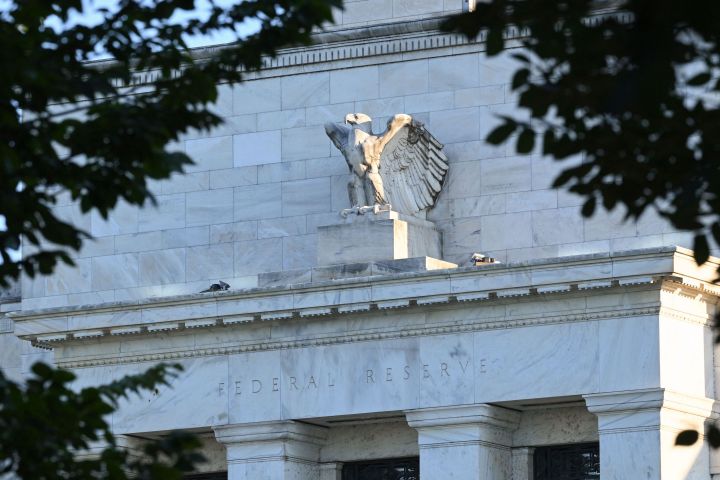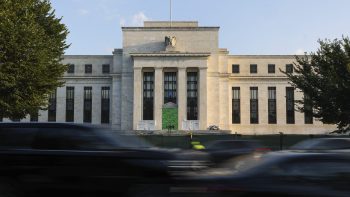
Formerly a cash cow, the Fed is now losing “about $2 billion a week”
Formerly a cash cow, the Fed is now losing “about $2 billion a week”

The Federal Reserve winds up a two-day meeting on interest rates today, where it is expected to raise interest rates by a quarter of a percent, half the pace of recent rate hikes.
The Fed is a non-profit — a public institution with a public mission to keep inflation low and maximize the number of people with jobs. If it happens to make a profit in the process, that money goes to the U.S. Treasury.
For the past few years, the Fed has been a cash cow for the Treasury Department — the central bank has sent the Treasury billions of dollars in profits. But it’s looking like the party’s going to end this year.
Former Fed Advisor Danielle DiMartino Booth said now, “The Fed is losing money, and the Fed is losing about $2 billion a week. The Fed is losing upwards of $8 billion a month.”
To understand why, you have to go back to the start of the pandemic recession. In 2020, the Fed started shoring up the struggling economy with something known as quantitative easing, or QE. The central bank bought up treasury bonds and mortgage-backed securities, which flooded the economy with money and kept credit flowing.
“That meant the economy was stronger, that means tax revenues were higher,” said William English, a former Fed economist now teaching at Yale. “That means that spending on safety net programs was lower.”
But QE is turning out to be expensive because the Fed bought those treasury bonds and mortgage-backed securities when interest rates were low. The return on those investments is paltry. Meanwhile, the Fed has since raised interest rates to slow the economy and cool inflation.
“That means the interest that it’s paying on its IOUs is much, much higher than the interest that it’s earning on the securities that it bought over the last several years, said Andrew Levin, another former Fed economist now at Dartmouth College. “And that’s very costly.”
Levin figures the Fed will lose close to a trillion dollars over the next ten years. He said the Fed’s quantitative easing definitely helped the economy when the pandemic hit.
According to Levin, the question is, “Could the Federal Reserve have wrapped up the program by late spring or summer of 2020. Did it make sense to continue it longer?”
Levin said it did not, and now we’re paying the price.
There’s a lot happening in the world. Through it all, Marketplace is here for you.
You rely on Marketplace to break down the world’s events and tell you how it affects you in a fact-based, approachable way. We rely on your financial support to keep making that possible.
Your donation today powers the independent journalism that you rely on. For just $5/month, you can help sustain Marketplace so we can keep reporting on the things that matter to you.

















